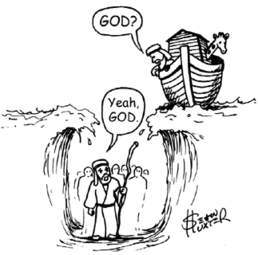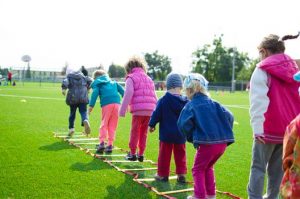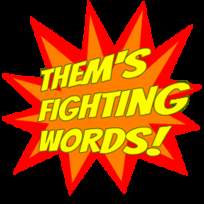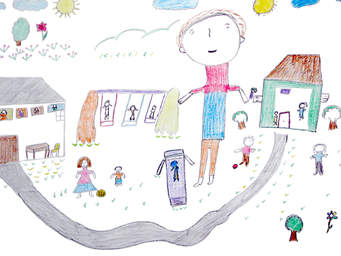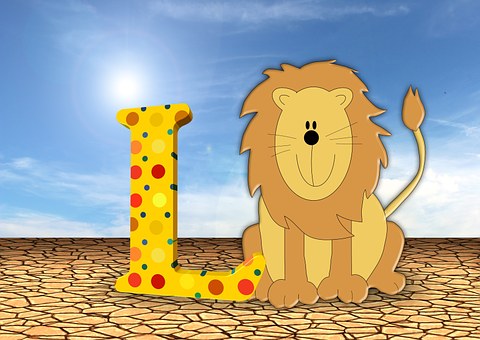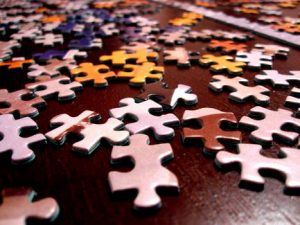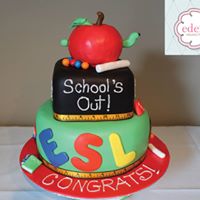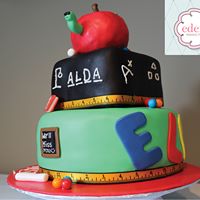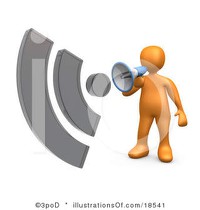
Phonetics, aka phonics, describes the sounds of a language . Humans have been making sounds way before they found a way/symbols to represent those sounds. Traditionally teaching the sounds in the English language started from the letter to the sound, giving the impression that letters were invented before sounds. Throughout the decades methodologies were invented which seem to confuse many children learning to read.
The problem with the traditional approach is that it ignores all the knowledge about sounds that children have been accumulating since birth. All the stories, word games, all the spoken language learned within the family and community circles gave the child a good knowledge of the sounds of his/her native language. In order to continue expanding the child’s knowledge on its way to reading, the child needs to learn the symbols that represent all those sounds s/he already knows. The phonemic/phonological awareness previously developed are sub-skills needed to learn to read. Children need to learn the sub-skills necessary to reading in the right order.
Reading Sub-Skills
1- ability to scan text from left to right.(understand the code moves in one direction)
2- ability to match visual symbols to auditory sounds (ex: child makes the /a/ sound to match the letter ‘a’
3- ability to blend discrete sound units into words.(ex: you say /p/i/g/ and the child says ‘pig’)
4- ability to segment sounds into words (ex: you say ‘dog’ and the child says /d/o/g/)
5- ability to understand that sometimes two or more letters represent 1 sound.(ex; ‘sh’, ‘gh’, ‘ph’)
6- ability to understand that most sounds can be represented in more than one way (ex: the sound ‘ee’ can be spelled in several ways: green, team, happy, etc)

All Letters are Silent
If you place a book next to your ear and fan the pages, you’ll feel a nice breeze, but no language sounds, no words or sentences. All letters in the book are silent.
Human beings are equipped with a “voice box” which enables us to make sounds. Letters, on the other hand, cannot make sounds. Therefore, we need to teach children to make the appropriate sound for the appropriate symbol representing that sound. This is important because it avoids a lot of confusion later on. If letters made sounds, just imagine the cacophony around the books on the meadow below…

I worked with a grade 1 child who was perceived to be reading at grade level. He had the ability to memorize text. A typical person can memorize between 2000-3000 words. As an English as a Second Language (ESL) teacher I had the opportunity to work one-on-one with this student. After a few assessments I understood that the child couldn’t read. He couldn’t crack the English code. He didn’t have the opportunity to memorize the text I was giving him, which he did on a regular basis with classroom texts. He might have been able to continue this until the end of grade 1, but by mid-grade 2 his house of cards would have collapsed.
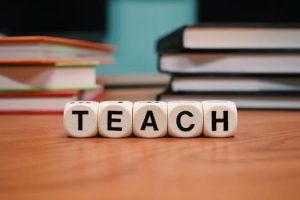
The English Written Code
The English code is a sound symbol code. This code has 134 sound pictures that represent the various sounds used in English. If the child learns these symbols, the child will be able to decode words in English. There are about 55 English words that do not decode accordingly (ex: yacht). Typically a student uses around 20,000 daily vocabulary words; therefore either the student memorizes the 134 sound pictures or s/he needs to memorize these words needed to function in his/her environment. Learning the code opens the way to never before seen words, not just the daily ones.
The Basic Code
A four year old child can begin to learn the basic code. S/he begins to read and spell three-sound words. The basic code is the 1 symbol =1 sound word. The child can make the sounds for: b,c,d,f,g,h,j,k,l,m,n,p,r,s,t,v,w,x,y,z,i,e,a,o,u. By the time the child is 5 yrs old s/he has mastered the basic code.
The Advanced Code
By the age of 6 a child should know about 70% of the advanced code. The advanced code is 1, 2 or more symbols = 1 sound. The child needs to learn what sounds to make for the symbols: sh, ch, th, ck, qu, ce, ai, ou, ea, oa, ow, igh, eigh, ay, ie, aw, ee, ey, ue, ew, au, oo, ui, oy, and oi. 60% of grade 4 texts are in advanced code. If children are taught to ‘sound out’ basic code words, logic dictates that they will use the same strategy to decode advanced code words, unless properly taught.
There is a phenomenon called the ‘grade 4 slump’. Research shows that there is a decline in reading scores at this point. I believe this ‘slump’ comes about because children were not taught to decode the advanced code. Probably the last time anyone taught them to decode was in grade 1 or 2. There is, of course, a limit to the number of words one can memorize.
The Importance of Learning to Decode for ELLs
I encountered students with difficulties in reading that were created by the methodologies used to teach them, which failed to empower these students to learn to read. When a significant number of students have the same difficulties, one cannot blame the students, one needs to look for the causes. The advanced code also needs to be taught directly, explicitly and consistently. Learning the English code (or French, or Spanish, or Italian, or…) is important for anyone who speaks English (or a particular language), but I think that it is even more so for an English Language Learner (ELL). A person , who is literate in a mother language, will transfer acquired reading knowledge into the new language. However, if the English code is not taught the student will apply the sounds of his native language to English. This is easy to see especially when ‘reading’ advanced code words with sounds (i.e ‘th’) that don’t exist in the student’s native language. In this case the ELL has to make a conscientious effort to train his/her ‘voice box’ to make the new sound.
With Love and Gratitude.
Alda
Source:
Reading Reflex : The Foolproof Phone-Graphix Method for Teaching Your Child to Read. By Carmen and Geoffrey McGuinness


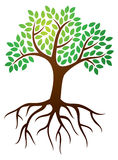
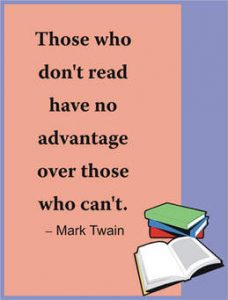





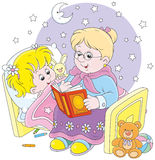
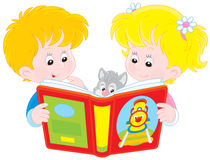
 Training
Training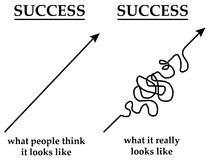

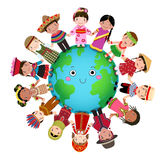

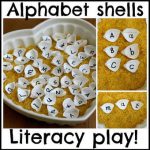 The ABCs
The ABCs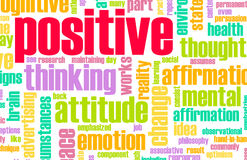

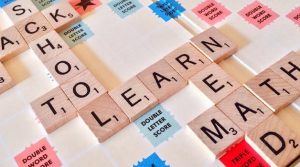
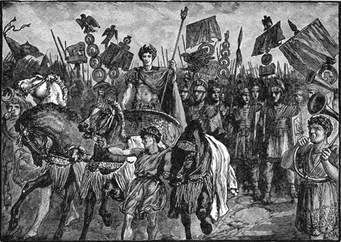
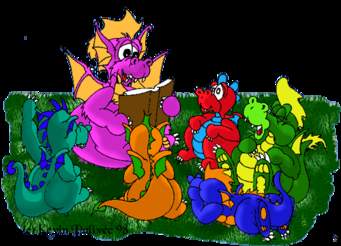

 In Canada, 42% of Canadian adults between 16-65 years of age have low literacy skills and are considered semi-literate. According to Craig Alexander, deputy chief economist of TD Bank Financial Group (2007), “The Canadian economy could enjoy a $32 billion boost if literacy rates were improved by only 1%.” The Canadian Council on Learning in the report, “The Future of Literacy in Canada’s Largest Cities” (Sept. 8, 2010) suggests that by 2031 more than 15 million Canadian adults will have low literacy levels. This is an increase of 25% in the next 20 years, which will create a ‘literacy dilemma’ if the situation is not addressed immediately.
In Canada, 42% of Canadian adults between 16-65 years of age have low literacy skills and are considered semi-literate. According to Craig Alexander, deputy chief economist of TD Bank Financial Group (2007), “The Canadian economy could enjoy a $32 billion boost if literacy rates were improved by only 1%.” The Canadian Council on Learning in the report, “The Future of Literacy in Canada’s Largest Cities” (Sept. 8, 2010) suggests that by 2031 more than 15 million Canadian adults will have low literacy levels. This is an increase of 25% in the next 20 years, which will create a ‘literacy dilemma’ if the situation is not addressed immediately.
